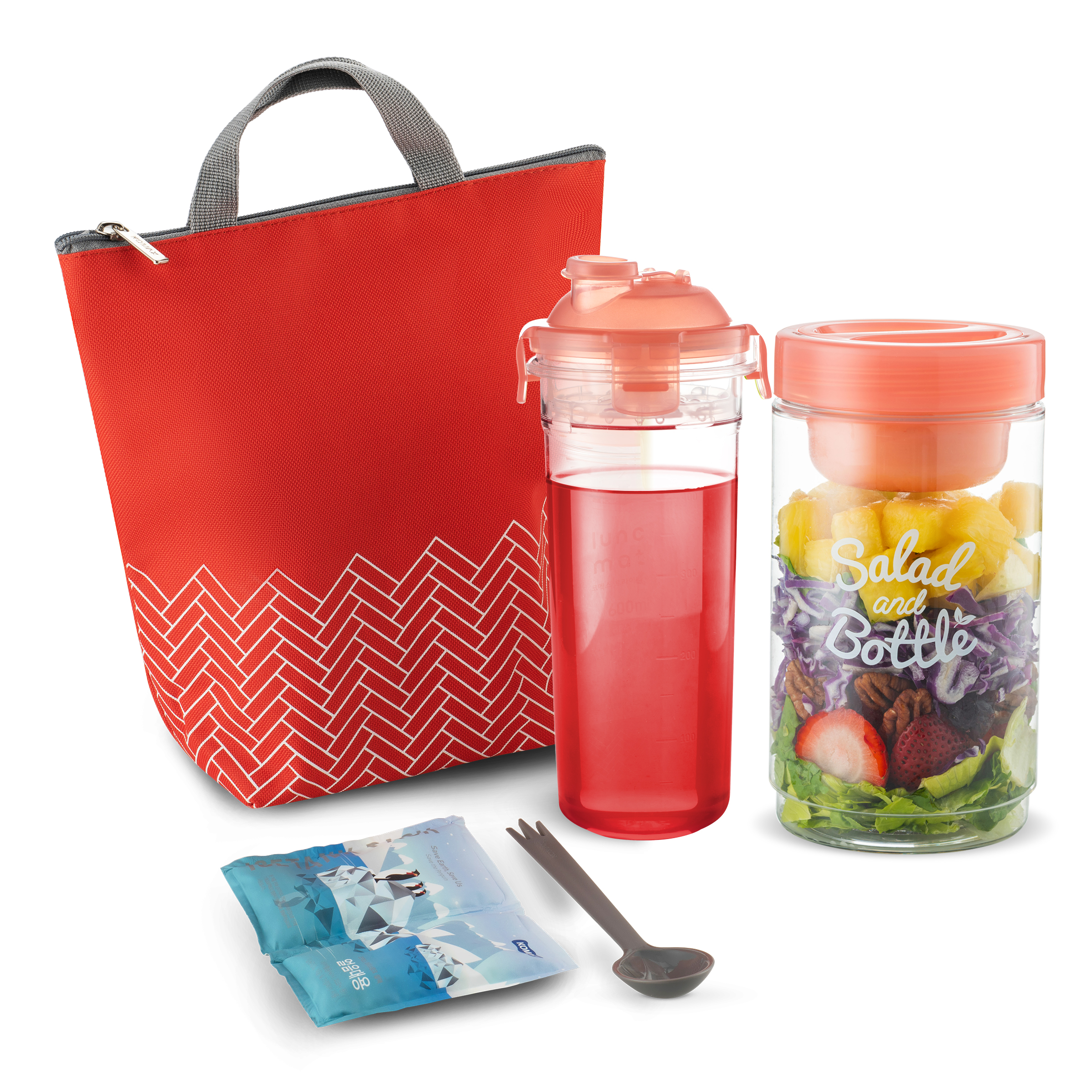Is your child’s lunch box safe? Did you know the food that comes into contact with the inside of his lunch box may intoxicate your child? To avoid food-borne odors and food poisoning, lunch bags or boxes must be cleaned.
Photo by Heather Ford on Unsplash
Children’s lunch boxes should be cleaned with a damp cloth and particular antibacterial soap added to them. Your child’s lunch box should be rinsed out and dry. The child’s lunch box can withstand regular washing and rinsing, we should do it daily, and allow it to drip dry. Do not sip or replace the lid of the children’s lunch box, otherwise, the lid will not dry.
We must clean the surface of the counter where preparations are made before any ingredients or packaging/container supply is removed. So, your palms and any utensils should be cleaned.
To protect your child from food poisoning, consider freezing the sandwich in advance. Or wrapping the frozen/partial beverage or ice pack in your child’s lunch box. They allow most school lunches to sit for four hours at room temperature. Frozen sandwiches, even in insulated bags, will thaw during this time and give the child a fresh sandwich at lunchtime.
The child’s lunch box is safe. Keep the freshness of the sandwich when you use fresh ingredients and prepare and freeze for only two weeks.
Lunch box safe
But, important to handpick the sandwich fillings as not every ingredient is frozen. Good fillings include sausages, poultry and roast beef, low-fat cheese, peanut butter (and jam), and more. Do not use mayonnaise to freeze eggs or sandwiches such as tuna or squid.
Also Read: Should you decide to buy a lunch bag or a lunch box, or both?
Sandwiches should be wrapped in plastic or sealed in plastic bags with no excess air. Make sure it uses your sandwiches in the coolest time. Put every similar sandwich in the original bread bag and mark the end date.



Leave a Reply